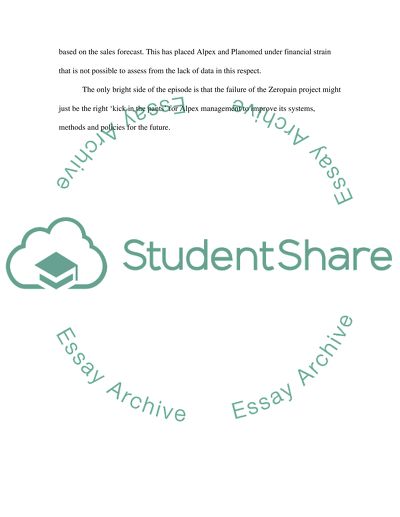Cite this document
(“Project Management. Zeropain Project case Essay”, n.d.)
Retrieved from https://studentshare.org/miscellaneous/1520197-project-management-zeropain-project-case
Retrieved from https://studentshare.org/miscellaneous/1520197-project-management-zeropain-project-case
(Project Management. Zeropain Project Case Essay)
https://studentshare.org/miscellaneous/1520197-project-management-zeropain-project-case.
https://studentshare.org/miscellaneous/1520197-project-management-zeropain-project-case.
“Project Management. Zeropain Project Case Essay”, n.d. https://studentshare.org/miscellaneous/1520197-project-management-zeropain-project-case.


